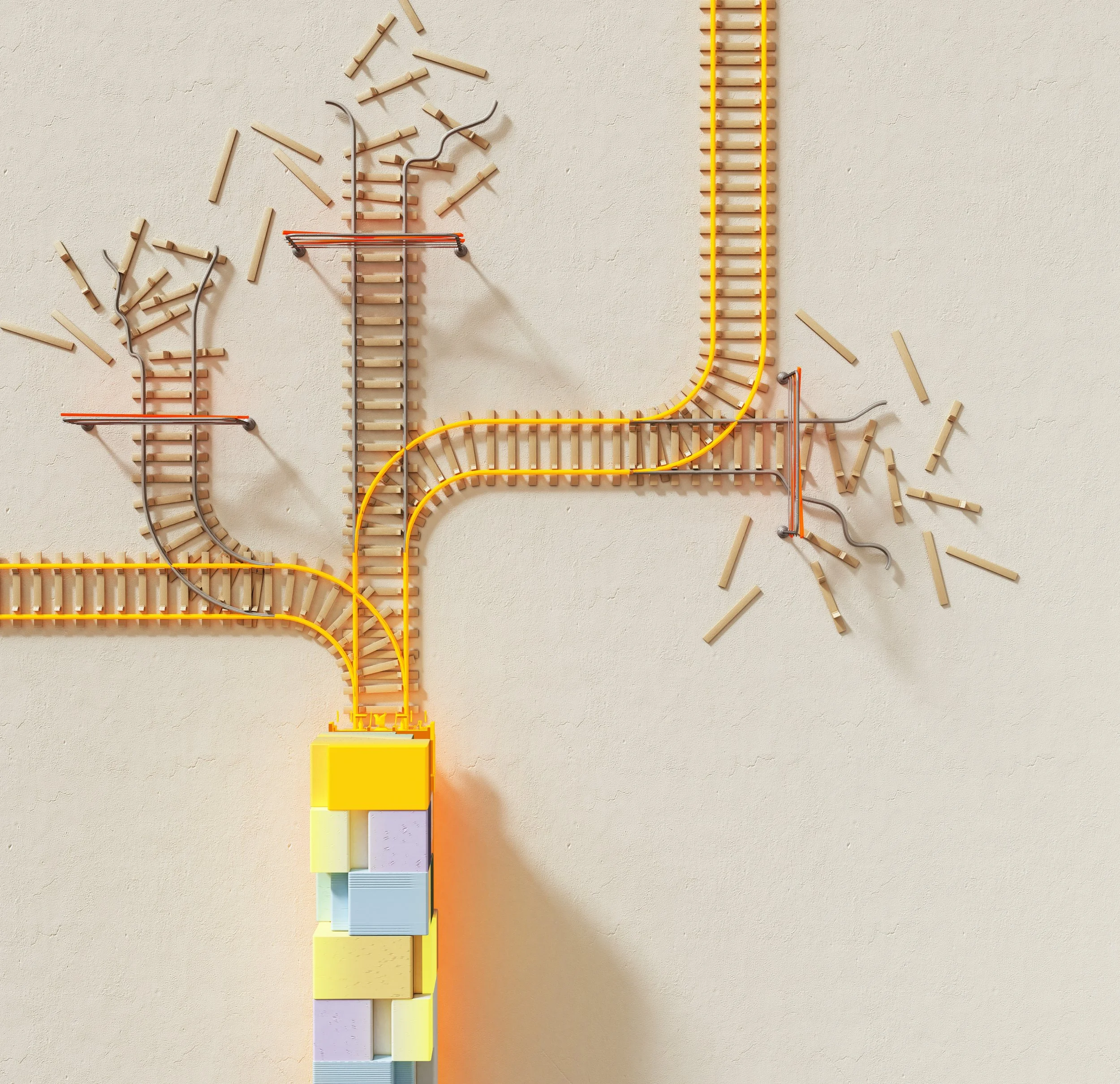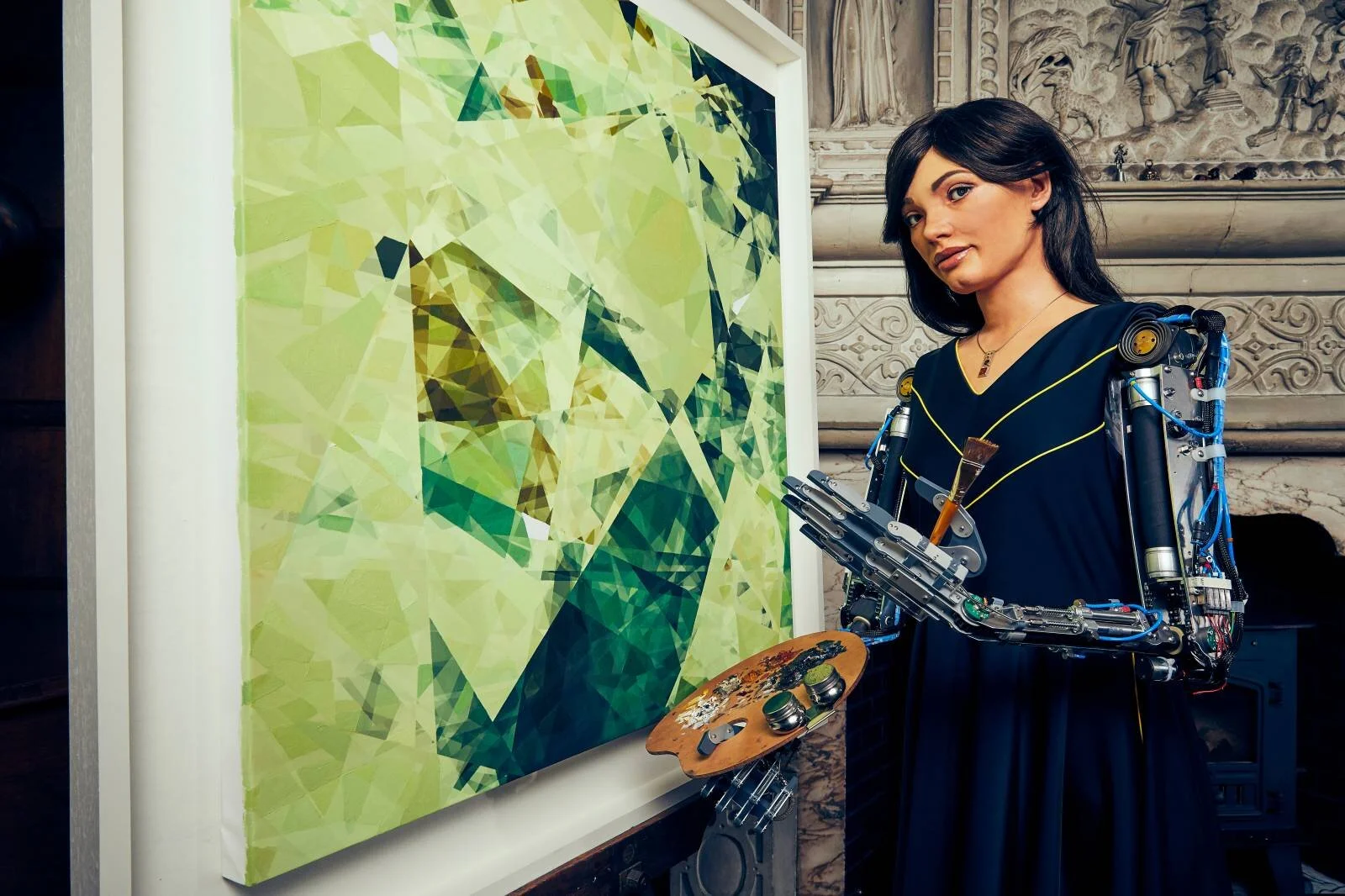Although art auctioning is a long-established and time-honoring form of trading, the method and fashion of art auctioning are also challenged and transformed to reflect the needs and trends of each era. In this technology-driven era, specifically in the age of AI, in which all fields of profession and markets are being affected, the world of art auctions is also being transformed at a rapid speed.
Arts Organizations & Using the AI Stack
Carnegie Mellon University (CMU) was ranked number one in 2022 for Artificial Intelligence Programs by U.S. News and World Report. Incorporating CMU’s AI lessons is critical for all industries but particularly those that are historically considered to be “non-technical fields.” Within these fields, the ones who thrive will be those who incorporate at least the lower levels of the stack, namely data management, but an understanding of each layer of the stack will provide industries with a road map to understand how they can increase the efficiency and output of their organization’s business processes.
How Technology Facilitates Culture Heritage Restoration and Preservation
This article presented projects and examples that have exemplified great progress in cultural heritage preservation. As these technologies continue to develop and experts in the field become more knowledgable and adept at using these technologies, there is a positive prospect that continually enhancing technologies will deliver further achievement in cultural heritage preservation and digitalization by human inventions and under human supervision.
Predictive Modeling for Smarter Fundraising
Nonprofit fundraisers are continually searching for efficient systems to discover, approach, solicit, and measure support from prospects. The market for fundraising software is over-saturated with business management technology that is constantly evolving. An increasingly prevalent trend in startup software is the integration of artificial intelligence technology, which has become more popular today thanks to greater access to data volumes, sophisticated algorithms, and improvements in computing power. The technology, if truly effective with the right organization’s data, harnesses the potential to shape how we prioritize our time with donors.
Navigating the Ethics of Using AI for Donor Solicitation
AI has been slowing encroaching on every facet of modern life. It runs our phones, it navigates our vehicles, and has even began finishing our sentences. As of now, its integration into our everyday life has been mundane. Since AI operates most effectively behind the scenes and is difficult to explain to the average consumer, most products that utilize it do not necessarily draw much attention to it. Negative connotations among the public may prevent business from directly or overtly acknowledging the use of AI in their products or administration, but it certainly does not stop them from utilizing it. AI is bolstering many forms of business management technology, and the nonprofit sector is starting to reap its benefits. With so much of nonprofits reputations relying on trust and good faith connections between stakeholders, donors, and staff, what happens when AI is introduced into the dynamic?
Streaming Service Algorithms are Biased, Directly Affecting Content Development
Despite the Covid-19 pandemic, 2020 was a big year for the entertainment industry. Many entertainment corporations reevaluated their approach to content distribution and accessibility for viewers. It is increasingly clear that streaming services will continue to exert evolutionary change on the entertainment industry. Regardless of the questions and problems posed about the algorithms used by streaming services, Netflix and other dominant platforms will continue to use them – and continue to work on optimizing the algorithm to eliminate at least the most egregious biases. It is up to the industry to hold itself accountable and ensure that the sanctity of the art of TV and film over the algorithm-based entertainment world.
Can Computers Be Creative? A Look at AI Use in Music Composition
When we think about AI, it generally is with some amount of wariness. We’ve all seen too many science-fiction movies where sentient robots take over the world, but we’re mostly certain that the creativity needed for these sentient beings to overtake us doesn’t exist. Artists, musicians, and creatives especially have historically been comfortable with the knowledge that their livelihoods were not in danger of being replaced by AI because of the inherent creativity necessary in those industries… until now.
Could It Be Sentience or Just Expert Coding? The Emerging Role of Robots in the Arts
Few innovations represent the intersection of humanity and technology more famously than that of the robot. Like art, robots are the result of humanity’s urge to create something new in its own image – and, also like art, they have become an inescapable part of our world. In a post-pandemic world whose inhabitants have become accustomed to virtual experiences, these robotic arts roles, including facilitating virtual museum visits, performing through a computer program rather than a script, and creating what maybe approaching original and creative art, are probably here to stay.
AI Art and the Nature of Creation
Preserving AI-Powered Art as Time-Based Media and Computer-Based Art
As innovation with using artificial intelligence in art making continues, museums’ conservation practices must also evolve. Continuing my research on AI art preservation, this article will narrow down the subjects to AI-powered art since it deviates further from what traditional conservation practices apply to. Unlike static digital artworks printed on canvas, AI-powered art always has temporal attributes, presents constant variation through an algorithm, and relies on digital files and equipment that runs continually. Although current studies have not focused on AI-powered art, it is worthwhile to see how ideas and practices of digital art preservation—such as those at the Guggenheim—are transforming in ways that could help preserve AI art in the future. Since manufacturers' innovation will quickly outdate museums’ technology supporting such art and it will be hard to tell when the doomed obsoletion will happen, being proactive is essential.



















